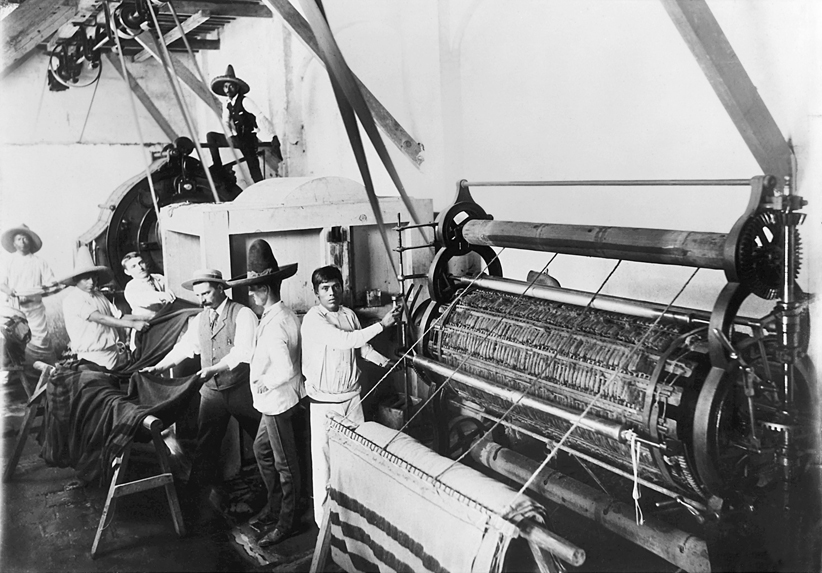A History of World Societies:
Printed Page 831
A History of World Societies Value
Edition: Printed Page 840
The Porfiriato and Liberal Stability in Mexico
When Porfirio Díaz became president of Mexico in 1876, the hero of the Battle of Puebla inherited a country in which much had been achieved: President Juárez had established national unity against the French invasion. He and his generation of liberal leaders and policymakers had also created a national legal and political framework based on the 1857 constitution. Conservatives had been defeated and discredited. But it was a country that faced enormous challenges: per capita income was less than it had been at independence in 1821. The country had barely four hundred miles of railroad tracks, compared to more than seventy thousand miles in the United States. The Mexican government was bankrupt and in debt. Díaz’s first challenge was to attract foreign investment.
Porfirio Díaz built a regime — the Porfiriato — with unprecedented stability and ruled, with a single term out of power, from 1876 to 1911. He ruled by the mantra “pan o palo,” bread or the stick, rewarding supporters and ruthlessly punishing opponents. The political stability he created made Mexico a haven for foreign investment, particularly from the United States. Investment in industry increased from 25,000 to 30 million pesos, and the value of manufacturing doubled. Foreign trade increased tenfold, and the country became the third-
As in liberal Argentina and the United States, the Porfiriato was a modernizing regime. The government swelled with technocrats called científicos: engineers, agronomists, and other experts to whom Díaz granted great autonomy and lavish rewards. By contrast, the Porfiriato considered indigenous peoples racially inferior and suppressed them, often violently, as the Yaqui Indians experienced in Sonora, at the border with Arizona (see Map 27.1). The Yaqui had long resisted displacement by Spanish colonial and Mexican national forces. Díaz’s army vanquished autonomous Yaqui communities to seize their land. Many survivors were sent by boxcar across the country to the Yucatán, where they worked as slaves on plantations cultivating henequén, a plant whose fibers were used in the hay-
Economic progress enriched Díaz and his allies but proved perilous to rural communities. The rise in foreign investment and economic activity made land more valuable, which made small landholders vulnerable. The Lerdo Law, intended to encourage the growth of small farmers, now served the opposite goal as large landowners and speculative investors used it to challenge the landholding rights of peasants across the Mexican countryside. In addition, the 1883 Law of Barren Lands allowed real estate companies to identify land that was not being cultivated (often land that communities allowed to lay fallow as they rotated crops) so it could be surveyed and auctioned off. The abuse of these laws by land speculators with ties to the regime, along with intimidation and violence, had devastating consequences: by 1910, 80 percent of rural peasants had no land. The increase in land values paradoxically reduced production: speculators from the United States bought large tracts of land not to farm but to hold as investments. Mexico, the country where maize had been developed, now had to import it from the United States.

The Porfiriato and its liberal ideology favored the needs of foreign investors over its own citizens. Most of Mexico’s 1910 population of 12 million remained tied to the land. The expansion of railroads into that land made it valuable, and liberal reforms provided the tools to transfer that value from peasants to capitalists. Given Mexico’s proximity to the United States, that process was swifter and more intense than elsewhere in Latin America, and it led to the first great social upheaval of the twentieth century, the Mexican Revolution that erupted in 1910.